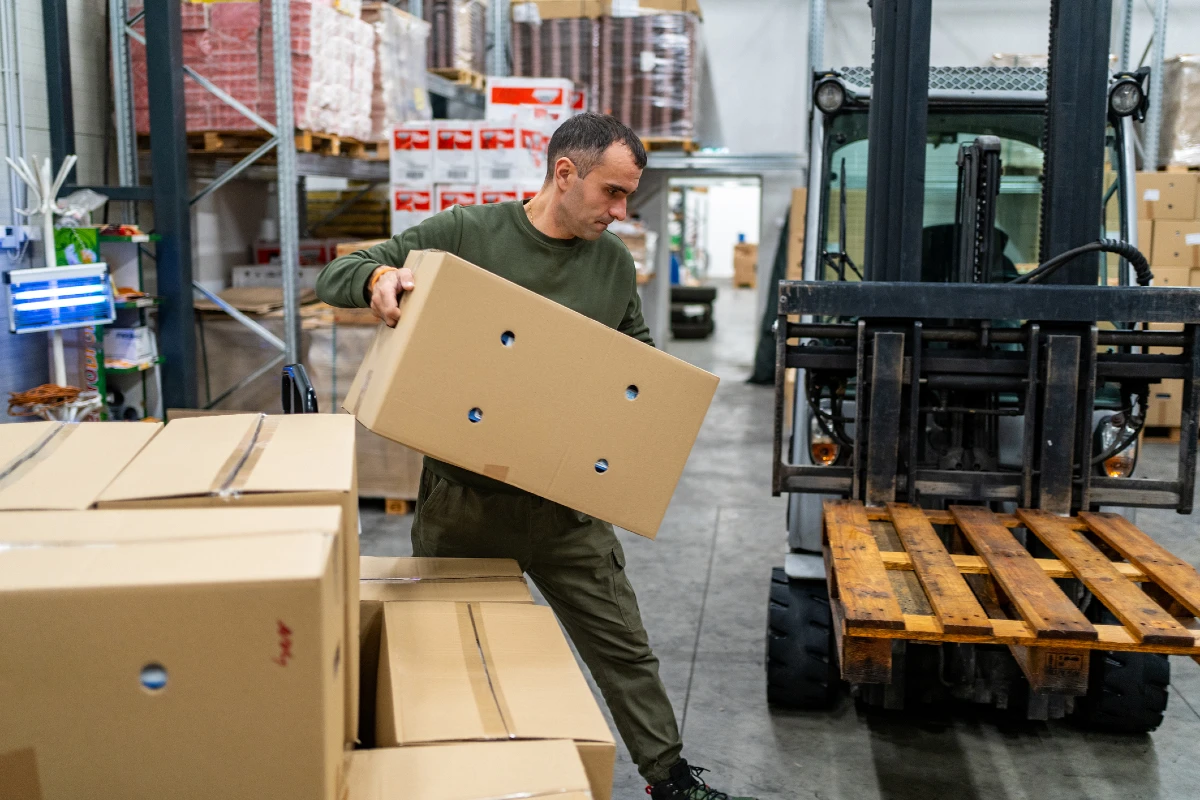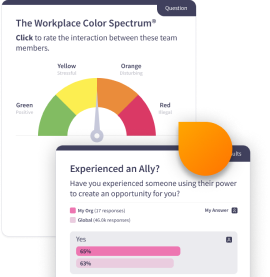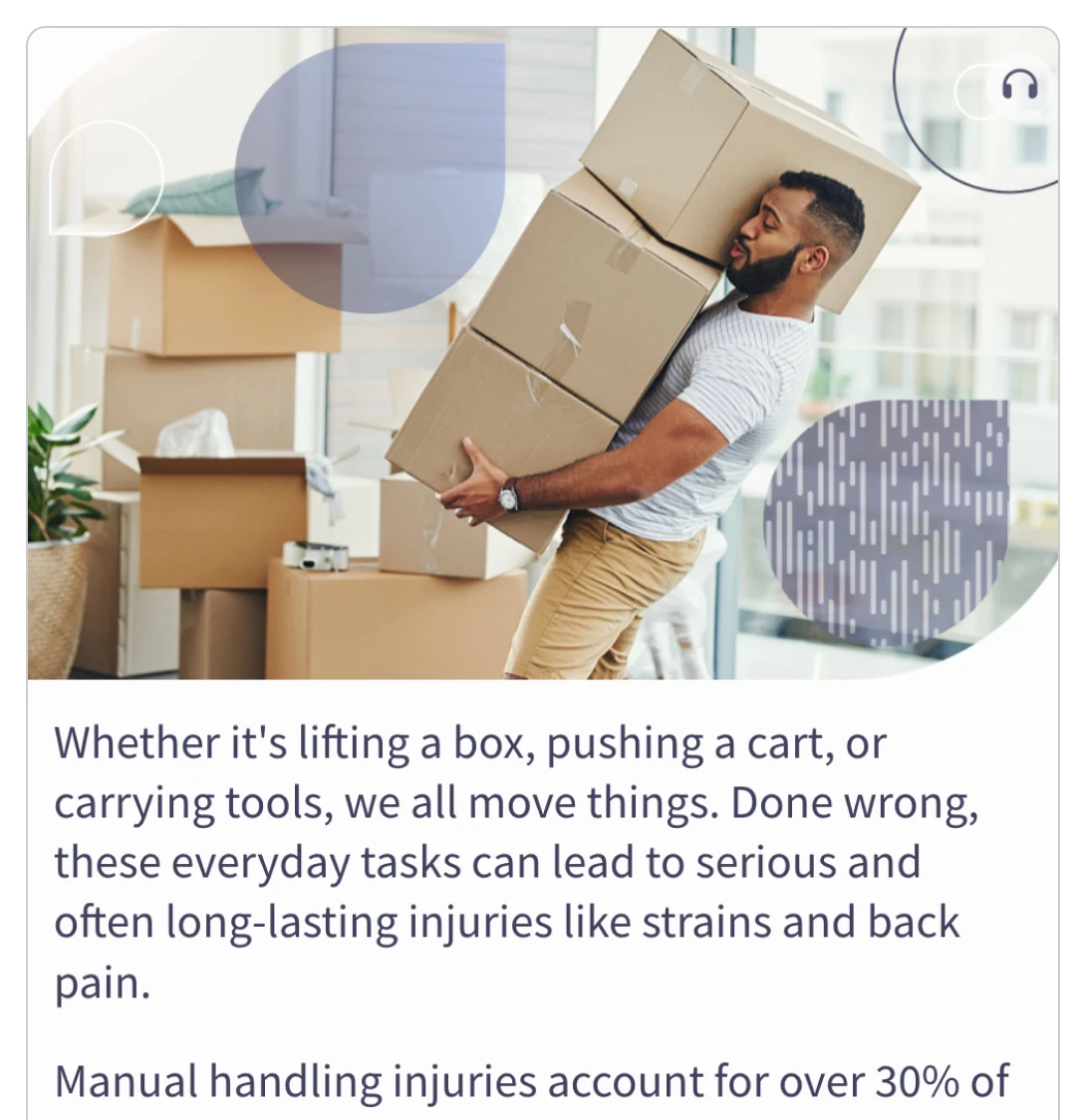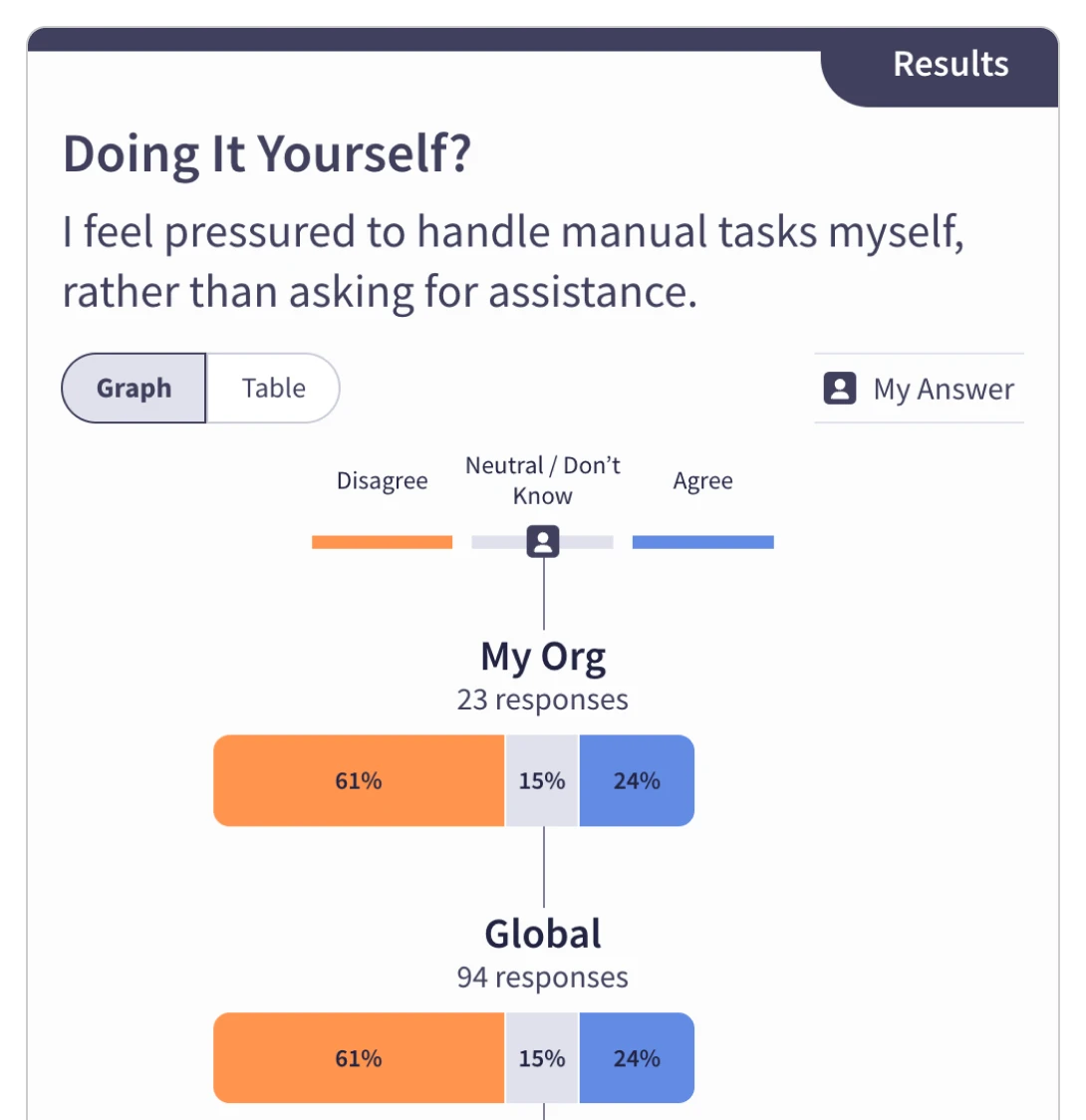
Lifting Safely and Preventing Workplace Injuries
Manual handling is part of many employees’ daily routine, yet even simple lifting tasks can lead to serious injuries when done incorrectly. Poor posture, rushed movement, or lack of awareness can all increase physical strain. This microlesson provides practical training on assessing loads, applying proper body mechanics, and using safe lifting techniques to protect employee health and prevent workplace injuries.
Microlesson Description
This lesson teaches employees how to identify risks associated with manual handling and apply safe lifting techniques to prevent injuries. Participants will learn how to assess a load using the TILE method and practice proper body mechanics to protect their physical well-being.
Key Concepts
- Where likely lift injuries may occur and why
- Following the TILE method for safe lifting
- Knowing when to ask for team help
- Helpful guidance on proper ergonomics
- Creating an action plan when an emergency occurs
Microlesson Features
- Employee sentiment pulsing questions that provide leaders with insights into their workforce's core cultural competencies
- Emtrain's Expert Answers tool, enabling employeees to submit anonymous questions about sensitive issues.
- Rich, contemporary video scences illustrating key concepts through realistic scenarios
- A data driven, skill-based approach to eLearning that establishes a shared language for employees.

Related Resources
Related Trainings
Frequently Asked Questions
Below are answers to common questions that employees and managers have about this topic. These FAQs provide a preview of what you’ll learn in this microlesson and why it matters.



